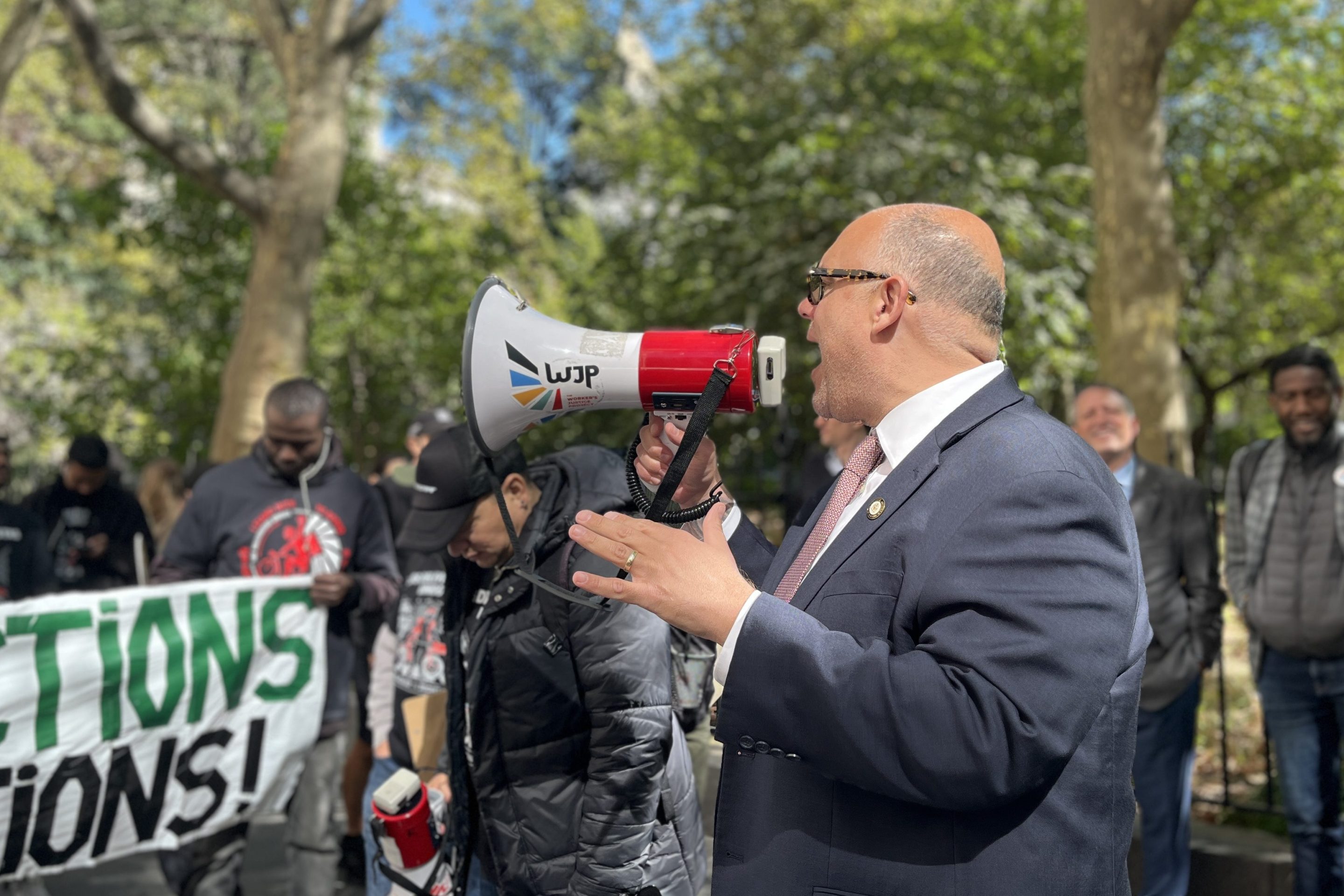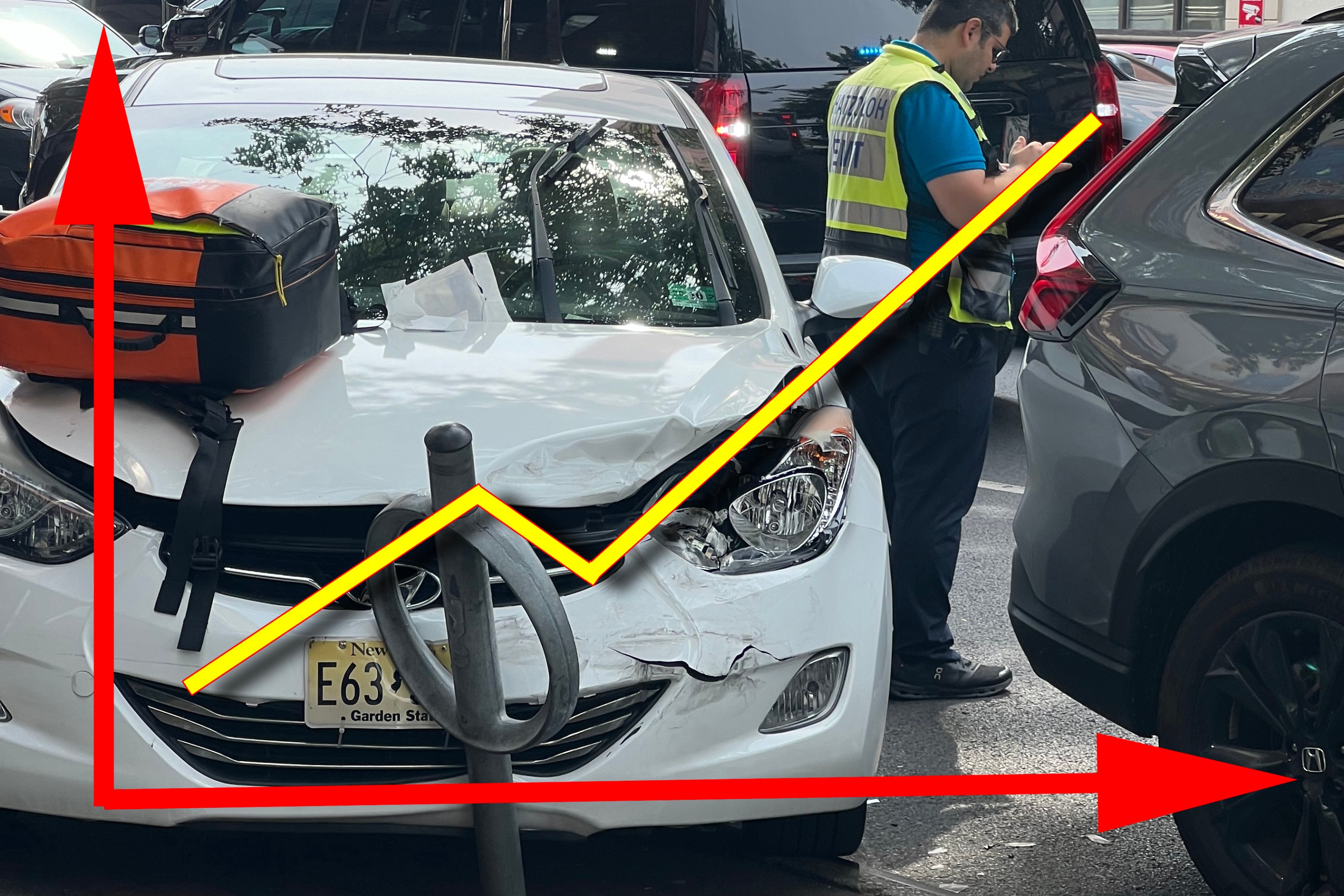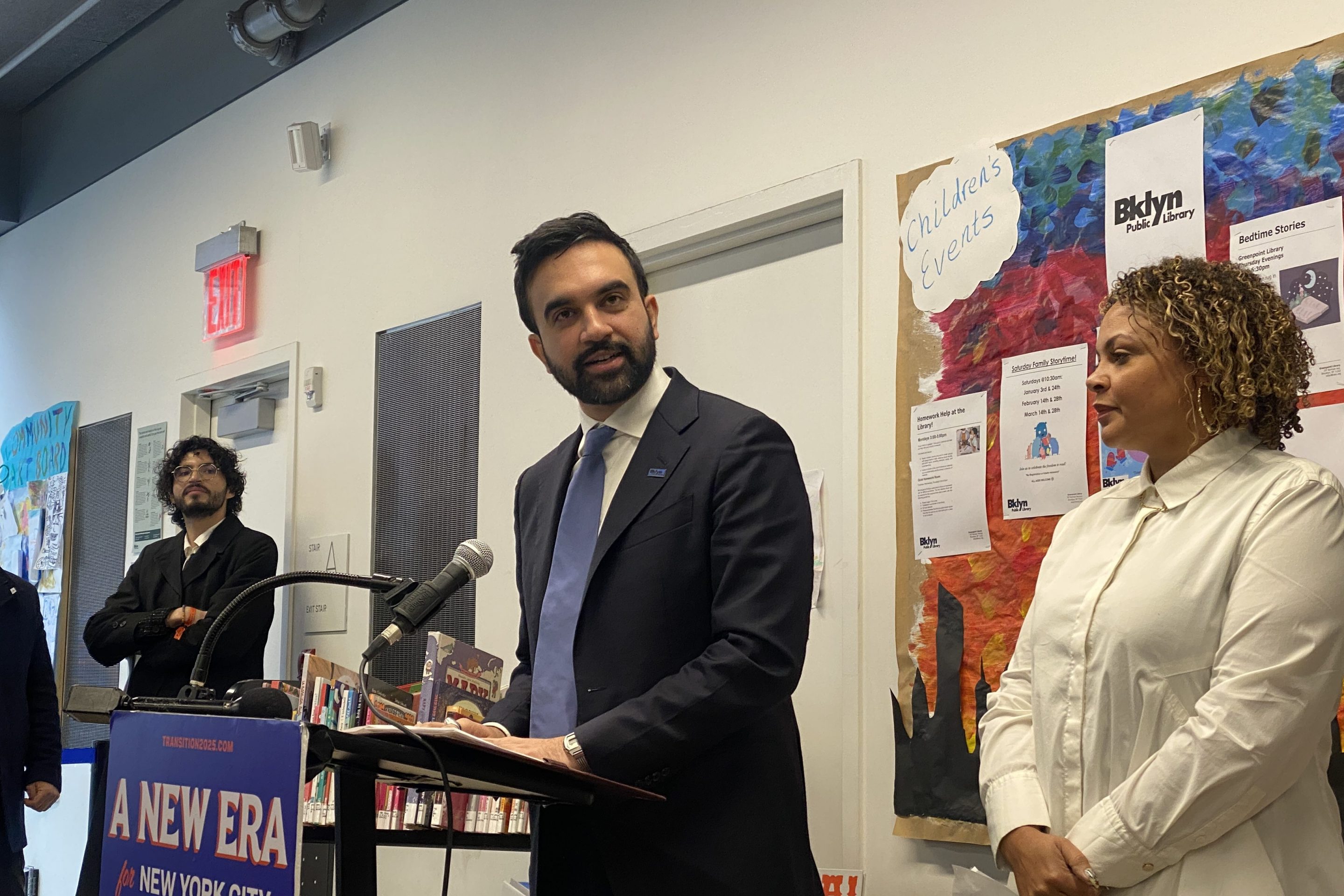 The smart growth bill pending in Albany would cut down on subsidies for sprawling greenfield development. Image of subdivisions outside Riverhead, in Suffolk County, NY: Google Maps
The smart growth bill pending in Albany would cut down on subsidies for sprawling greenfield development. Image of subdivisions outside Riverhead, in Suffolk County, NY: Google MapsThe campaign to rein in sprawl and build more livable communities across New York state intensified yesterday, as advocates redoubled their efforts to pass two critical pieces of legislation in Albany. Groups working to advance complete streets legislation, including AARP and the Tri-State Transportation Campaign, and those pushing for statewide smart growth policies, such as Empire State Future, announced they will be teaming up to pass both bills.
The complete streets bill, sponsored by Brooklyn Senator Martin Malavé Dilan, would require that all new and reconstructed roads "accommodate all users," old or young, whether they walk, bike or drive. If passed, the law would "make complete streets the norm rather than the exception," said Nadine Lemmon, Tri-State's Albany legislative director. As Streetsblog reported last month, the legislation is moving quickly through the State Senate, but hasn't progressed beyond the Assembly transportation committee, chaired by Rochester Democrat David Gantt.
The public infrastructure act, sponsored by Westchester County Senator Suzi Oppenheimer, Brooklyn Senator Velmanette Montgomery and Buffalo Assembly Member Sam Hoyt, would shift state infrastructure spending -- on roads, sewers, schools and housing -- away from far-flung sprawl and toward projects in line with smart growth principles. More than a dozen state departments, agencies, and authorities -- including heavyweights like the state DOT, the Port Authority, the Department of Education and the Empire State Development Corporation -- will be required to focus their spending on existing infrastructure in developed areas.
Under the smart growth bill, infrastructure projects would also need to protect the state's environmental resources, foster compact, mixed-use development, and reduce automobile dependency. Agency heads can only ignore these criteria if they sign a written justification of their decision. "We're going to make it very hard to build another sewer line into another greenfield," said Peter Fleischer, the executive director of Empire State Future, New York's smart growth coalition.
Fleischer added that unlike past smart growth legislation that's come out of Albany, this one has some teeth. "It clearly instructs state departments, agencies, and corporations," he said. "It doesn't leave a lot of wiggle room."
The smart growth legislation has picked up some momentum in the legislature recently. In early April, the bill cleared the Senate environmental conservation committee with bipartisan support; Queens Republican Frank Padavan joined all the committee's Democrats in voting yes. It now moves on to the finance committee, chaired by Brooklyn Democrat Carl Kruger. In the Assembly, the bill passed through the environmental conservation committee and is awaiting action by the ways and means committee, chaired by Upper Manhattan Democrat Denny Farrell. Among the 40 Assembly sponsors are six Republicans and one Independence Party member.
The decision to link the two bills isn't just strategic. Advocates see the two policies as complementary. "It starts to move real money away from doing the wrong thing in the wrong places," said Fleischer, "which would allow efforts like complete streets to be funded so you can do the right things in the right places."
Eric Alexander, the executive director of Vision Long Island, thinks the combination could be transformative across his region. If both were passed, he said, it would "unleash a series of municipal initiatives for traffic calming or even opening up street grids." The efficacy of local street redesigns, though, can't be realized until the state stops subsidizing sprawl so much, he said. "Our first message was 'Stop hurting us,'" said Alexander. "Don't continue to widen roads." Alexander highlighted road and sewer construction as especially sprawl-inducing, but was also intrigued by the possibility of shifting economic development dollars from industrial parks to downtowns.
"Even the market forces are saying let's not sprawl out," said Alexander, "so for the government to subsidize it is idiocy."





